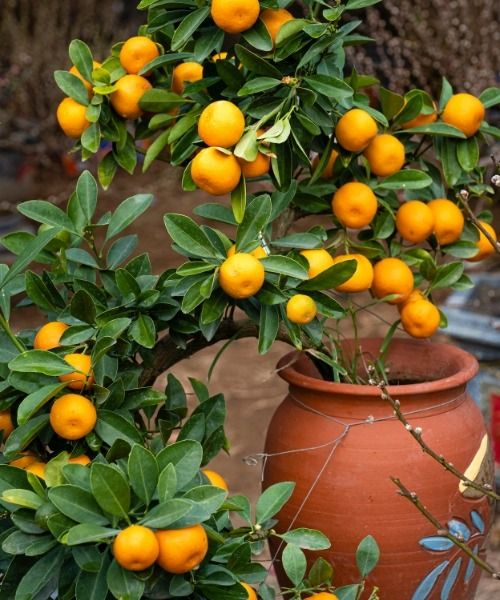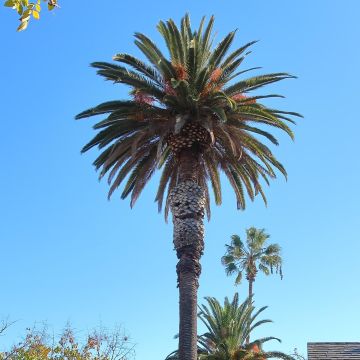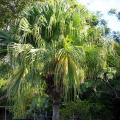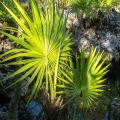Phoenix
Would this plant suit my garden? Set up your Plantfit profile →
Available in 5 sizes
Available in 1 sizes
Available in 2 sizes
Available in 2 sizes
Available in 1 sizes
Available in 1 sizes
The Phoenix palm, beautifully represented by the Canary Island date palm or "false date palm" (Phoenix canariensis) and its cousin the "true date palm" of the oasis (Phoenix dactylifera), comes in several species, all of them more ornamental than the others. Sensitive to cold, Phoenix palms thrive in the ground in coastal gardens. They also adapt well to container cultivation, especially the dwarf date palm Phoenix roebelinii, which allows them to be protected from frost in winter.
These plants belong to the Arecaceae family and are found in Africa, the Canary Islands, Crete, the Middle East, and Indonesia. They are characterized by a crown of large, thick and bushy fronds that top a single or multiple trunk, depending on the species. The leaves are long, pinnate, carried by petioles equipped with hard and sharp spines. Among the Phoenix palms, there are male and female individuals. These plants can live for 300 years, but they grow slowly. The first five years of cultivation are crucial for establishing a young plant: slow to establish and requiring careful care, it will no longer cause any worries to the gardener once well established.
Haven't found what you were looking for?
























































